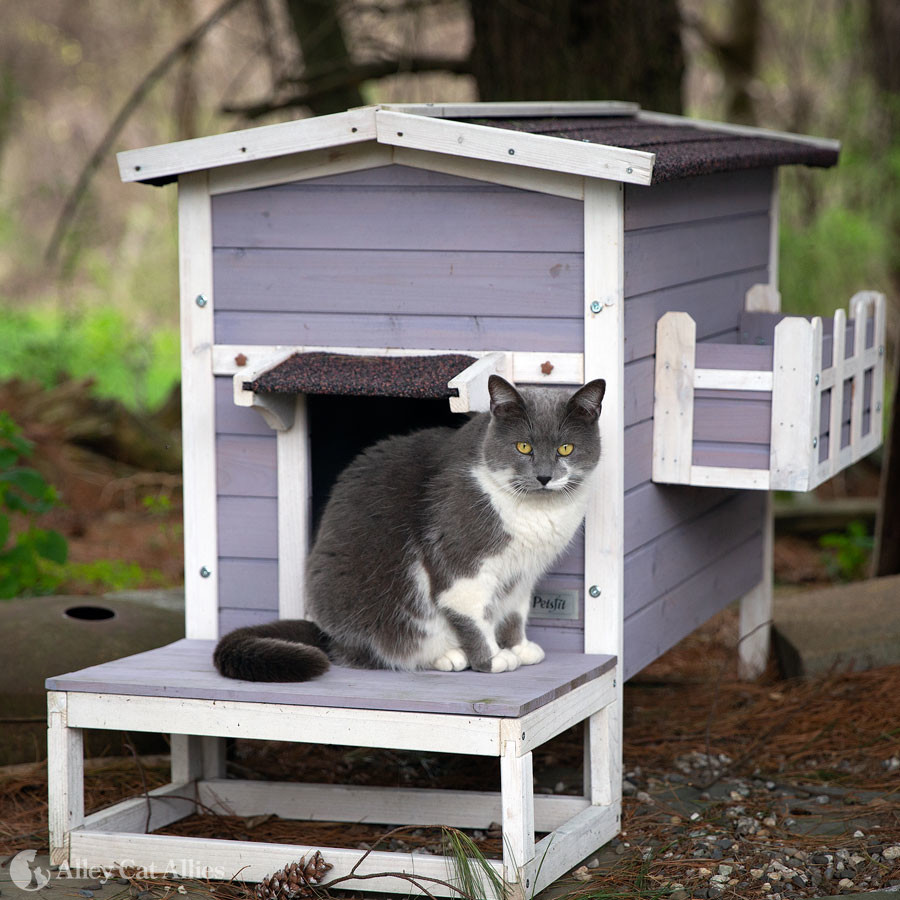Building Responsibility: Homeschool Room Insights

Welcome to the chaotic yet magical world of homeschooling, where the dining room table becomes a classroom, the living room couch becomes a reading nook, and the kitchen counter becomes a science lab. As parents turned teachers, we are tasked with guiding our little learners through the wonders of education while also trying to maintain some semblance of order in our homes. In this article, we will explore the importance of creating a designated homeschool room, the struggles and triumphs of building responsibility within our children, and the hilarious insights that come along with the homeschooling journey. So grab your favorite coffee mug, cozy up in your makeshift home classroom, and prepare to laugh, learn, and maybe even cry a little (but only if it’s over spilled glue or a failed science experiment). Welcome to the homeschool room, where responsibility meets creativity in the most entertaining of ways.
Creating a Dedicated Homeschooling Space
So you’ve decided to take on the noble challenge of homeschooling. Congratulations! Now comes the daunting task of . Don’t worry, we’ve got you covered with some tips and tricks to make your homeschooling space as cozy and efficient as possible.
First things first, location is key. Find a spot in your home that is away from distractions like the TV, loud siblings, or that pile of laundry that’s been staring at you for weeks. Ideally, choose a quiet corner or room where you can set up shop and focus on your lessons without interruptions.
Next, it’s time to get organized. Invest in some storage solutions like shelves, bins, and crates to keep all your homeschooling materials in one place. Label everything and create designated areas for books, supplies, and projects. A clutter-free space is a happy space!
Don’t forget to personalize your homeschooling space to make it feel inviting and inspiring. Hang up some motivational posters, add a comfy chair or bean bag for reading time, and don’t be afraid to get creative with decorations. Remember, this is your homeschooling sanctuary, so make it a place you enjoy spending time in. Happy homeschooling!
Organizing Supplies for Easy Access
Let’s face it, organizing supplies can sometimes feel like trying to untangle a giant ball of yarn. But fear not, with a little bit of creativity and some handy tips, you can have your supplies easily accessible in no time!
First things first, designate specific storage areas for different types of supplies. Keep all your pens and markers in one drawer or container, and separate your notebooks and paper from your folders and binders. **Division is key**.
Next, invest in some organizers to help keep everything in its place. Whether it’s a set of colorful bins or a spinning desktop caddy, having designated spots for your supplies will make finding what you need a breeze. **Organization is the spice of life**.
Lastly, don’t be afraid to get creative with your storage solutions. Repurpose old mason jars for holding paper clips and thumbtacks, or use a hanging shoe organizer to store your scissors and sticky notes. **A little DIY goes a long way**.

routine-for-success”>Establishing a Routine for Success
Imagine this: you wake up in the morning feeling as fresh as a daisy, ready to conquer the day ahead. But wait, what’s that? You realize you have no idea where to start! Fear not, my friends, for is the key to unlocking your full potential.
First things first, **start your day with a bang**. Whether it’s a cup of coffee, a brisk walk, or a hearty breakfast, make sure to kickstart your day on the right foot. Trust me, you’ll thank yourself later when you’re crushing your goals left and right.
Next on the agenda: **make a to-do list**. Write down your tasks for the day in bold, colorful letters (okay, maybe not that extreme, but you get the idea). Having a visual representation of what needs to get done will keep you on track and feeling organized.
**Don’t forget to schedule in some breaks**! It’s important to give yourself some downtime to recharge and reset. Whether it’s a quick stroll outside or a dance break in your living room, taking a breather every now and then will keep you refreshed and focused.

Encouraging Independence in Learning
It’s important to foster independence in learning so that students can develop the skills they need to succeed on their own. But how do you encourage students to take the reins without holding their hands every step of the way? Here are a few tips:
- Empower students to make their own decisions. Give them choices in their assignments and let them take the lead in choosing what they want to learn.
- Encourage self-reflection. Have students assess their own progress and identify areas where they need to improve.
Remember, Rome wasn’t built in a day – and neither was a self-sufficient learner. It’s okay to offer support and guidance, but make sure to give students the space they need to figure things out on their own. After all, you can lead a horse to water, but you can’t make it drink – unless it’s thirsty for knowledge!
So let your students spread their wings and fly – or at least flap them a little. is like teaching a kid to ride a bike: a few bumps and bruises along the way are all part of the learning process. Before you know it, they’ll be pedaling off into the sunset on their own.

Setting Clear Expectations for Behavior
It’s important to establish some ground rules to prevent chaos in any situation. Here are some tips on how to set clear expectations for behavior:
- Communicate Clearly: Make sure everyone knows what is expected of them. No mind-reading allowed!
- Be Specific: Vague instructions lead to confusion. Details, details, details!
- Set Boundaries: Let people know what behavior is unacceptable. No shenanigans allowed!
- Consistency is Key: Stick to your guns and don’t waver. No flip-flopping allowed!
Remember, setting clear expectations is like establishing a road map for behavior. Without it, you’ll end up lost in a sea of confusion and chaos. So, take the time to lay down the law and watch as everyone falls in line. You’ve got this!
Teaching Time Management Skills
Helping Your Students Master Time Management
As a teacher, you have a unique opportunity to teach your students valuable time management skills that will benefit them for years to come. Here are some fun and effective ways to help your students become masters of their own schedules:
- Encourage them to use planners or apps to keep track of assignments and due dates. Remember, a cluttered desk is a cluttered mind!
- Show them how to break larger tasks into smaller, more manageable ones. It’s like eating an elephant – one bite at a time!
- Teach them the importance of setting priorities and saying no to unnecessary distractions. Sorry, TikTok, not today!
Remember, Rome wasn’t built in a day and neither are good time management skills. Be patient with your students as they learn to juggle their responsibilities and have empathy for their struggles. Offer support and guidance along the way and celebrate their successes, no matter how small.
By teaching your students how to effectively manage their time, you’re giving them a gift that will last a lifetime. So roll up your sleeves, grab your time-turner, and get ready to transform your students into time management wizards!
Nurturing a Sense of Ownership in Education
One of the keys to success in education is nurturing a sense of ownership in students. When students feel like they have a stake in their own learning, they are more likely to be engaged and motivated. Here are a few tips for fostering a sense of ownership in the classroom:
- Encourage Student Voice: Give students opportunities to make choices about their learning. Whether it’s picking a topic for a project or deciding how to demonstrate their understanding, letting students have a say helps them take ownership of their education.
- Set Goals Together: Work with students to set specific, achievable goals for their learning. When students have a clear direction and purpose, they are more likely to take ownership of their progress.
- Celebrate Achievements: Acknowledge and celebrate students’ accomplishments, no matter how small. Positive reinforcement helps students feel proud of their work and encourages them to continue taking ownership of their learning.
In conclusion, is essential for student success. By giving students a voice, setting goals together, and celebrating achievements, educators can help students take ownership of their learning journey. So let’s empower our students to be the CEOs of their own education!
FAQs
Why is it important to have a dedicated homeschool room?
Well, have you ever tried homeschooling in the bathroom? It’s not exactly conducive to learning… Trust me, having a designated learning space helps create a sense of routine and responsibility for both parents and kids.
What are some essential items to have in a homeschool room?
Aside from the obvious school supplies like pencils, paper, and textbooks, don’t forget about the essentials like a mini-fridge stocked with snacks (for those mid-lesson munchies) and a comfy bean bag chair for those much-needed brain breaks.
How can parents encourage responsibility in their homeschool room?
One word: chore chart. Make sure to divvy up responsibilities like cleaning up after lessons, organizing supplies, and watering the classroom plants. And if all else fails, there’s always the trusty old “no screen time until your chores are done” tactic.
How can parents decorate their homeschool room to inspire learning?
Get creative! Consider painting a chalkboard wall for impromptu math lessons or hanging up an alphabet banner for those moments when your kid forgets what letter comes after Q. And don’t forget to add some plants for a pop of greenery – just don’t let your child use them as an excuse to avoid homework.
Any tips for maintaining a productive homeschool room environment?
Set boundaries! Make sure to establish clear rules and expectations for behavior in the homeschool room. And if things start to get a little too chaotic, don’t be afraid to enforce a mandatory “quiet time” – bribery with extra screen time may be necessary.
In Summary: Homeschooling Room Report Card
And there you have it, folks! Your crash course in creating a responsible homeschool room. Remember, no gold stars are necessary (but they definitely wouldn’t hurt). With a little bit of organization, a sprinkle of creativity, and a whole lot of patience, you can transform your home into the ultimate learning space. So go forth, homeschool warriors, and conquer those multiplication tables and grammar rules like the true responsible adults you are (or pretend to be). Happy homeschooling!






